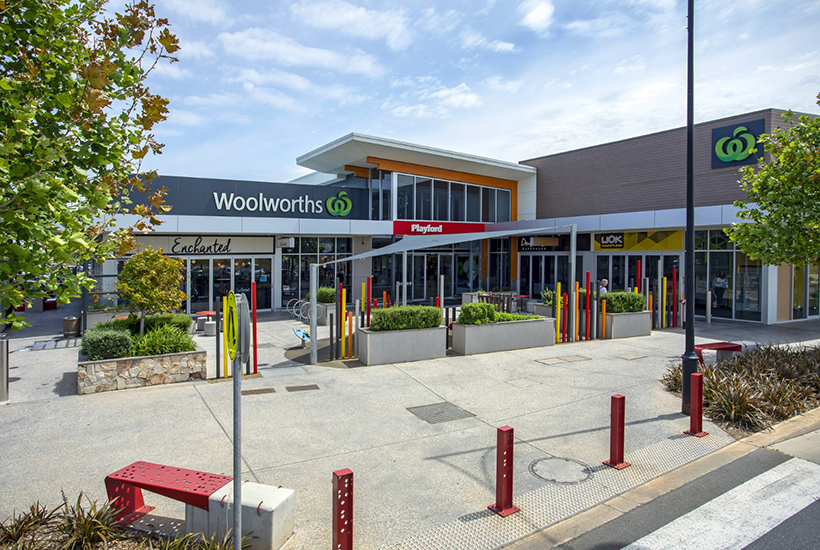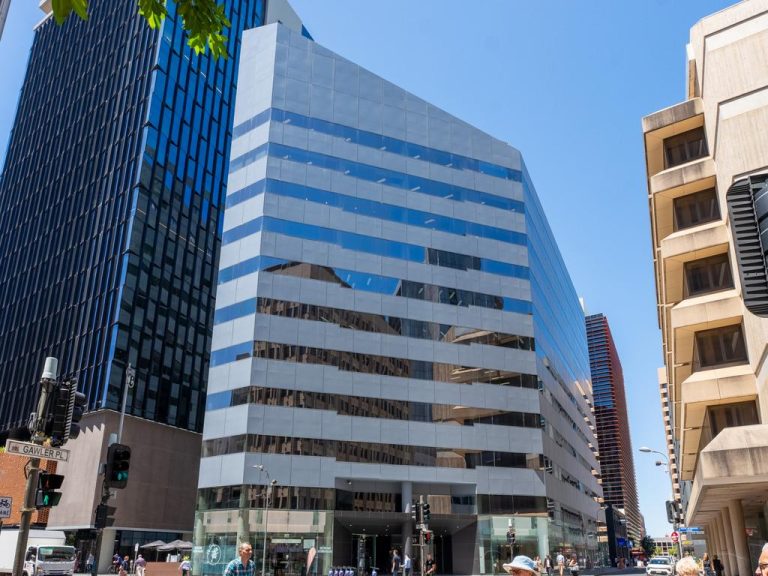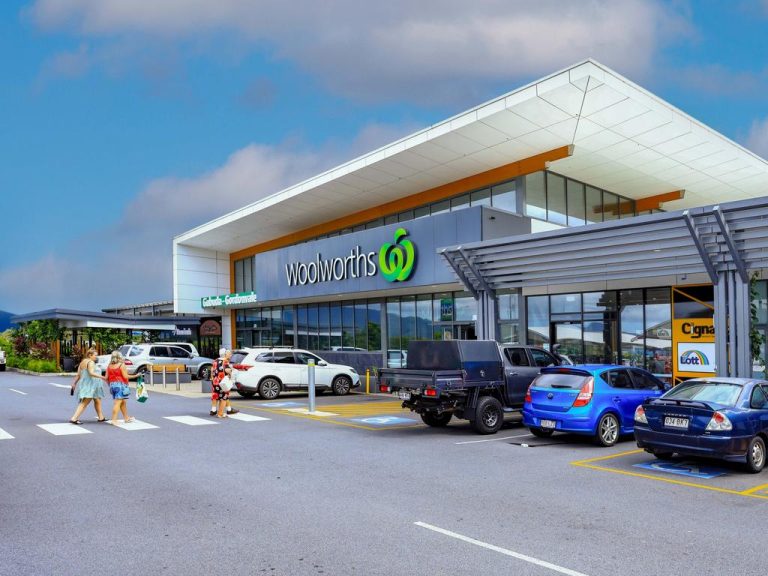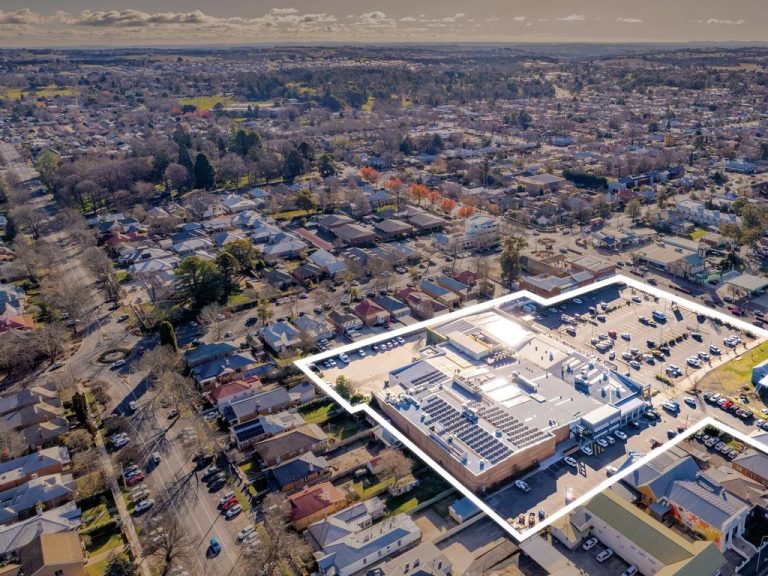Adelaide shopping centre tops $21m on handy yield

Adelaide’s retail investment market is hotting up after a shopping complex in the city’s north went under the hammer for more than $21 million.
Anchored by a Woolworths supermarket, the shopping centre was sold to a local private investor in what critics say could mark a shift in retail turnover.
Savills Australia’s Rino Carpinelli and Steven Lerche brokered the deal for the precinct, located at 297 Peachey Rd, Munno Para, on a 7.3% yield.
Commercial Insights: Subscribe to receive the latest news and updates
The pair says the hotly contested expressions of interest campaign showcases the pent-up demand for retail investment after a lacklustre 12 months.
“With the capacity to generate more than $1.6 million per annum the buyer recognised the ongoing value of this property,” Carpinelli says.
“The centre offers significant depreciation benefits backed by a secure income stream and long weighted average lease expiry of nine years.”
The centre presents a gross lettable area of 6390sqm including the supermarket and associated liquor retailer.
Another 17 specialty shops include a newsagent, cafe, pharmacy and medical centre.
Lerche says shopping centres like Woolworths Playford are rarely traded in South Australia.
“This centre serves the everyday needs of the local community and is classed as a defensive asset, driven largely by non-discretional shopping,” he says.
Woolworths Playford is part of the $1 billion urban development project, Playford Alive, which is being jointly managed by the local council and state government.
The precinct comprises popular suburban-lifestyle facilities, such as healthcare, education, recreation and a new $250 million town centre.
Carpinelli says the purchaser was very keen on the opportunity to gain a foothold in Adelaide’s Playford Alive precinct.
“Buyers are looking to capitalise on Adelaide’s northern growth corridor and the large number of dwellings to be constructed within the city’s fastest-growing precinct,” Carpinelli says.
“The centre is strategically positioned to benefit from an uplift in local retail spend in the coming years, with the main trade area population estimated to increase by more than 10,000 people by 2031.”







